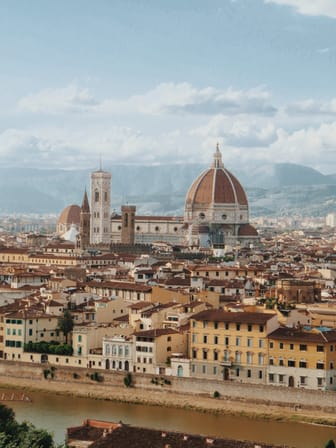Porta Romana
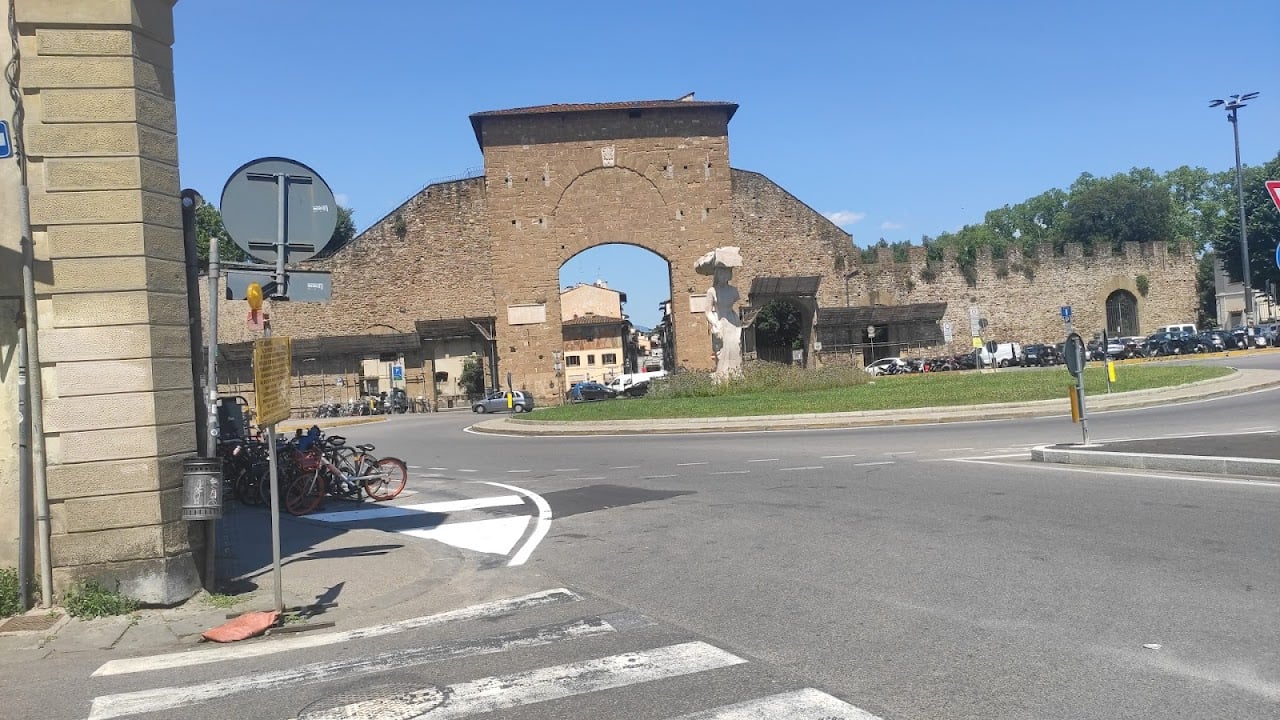
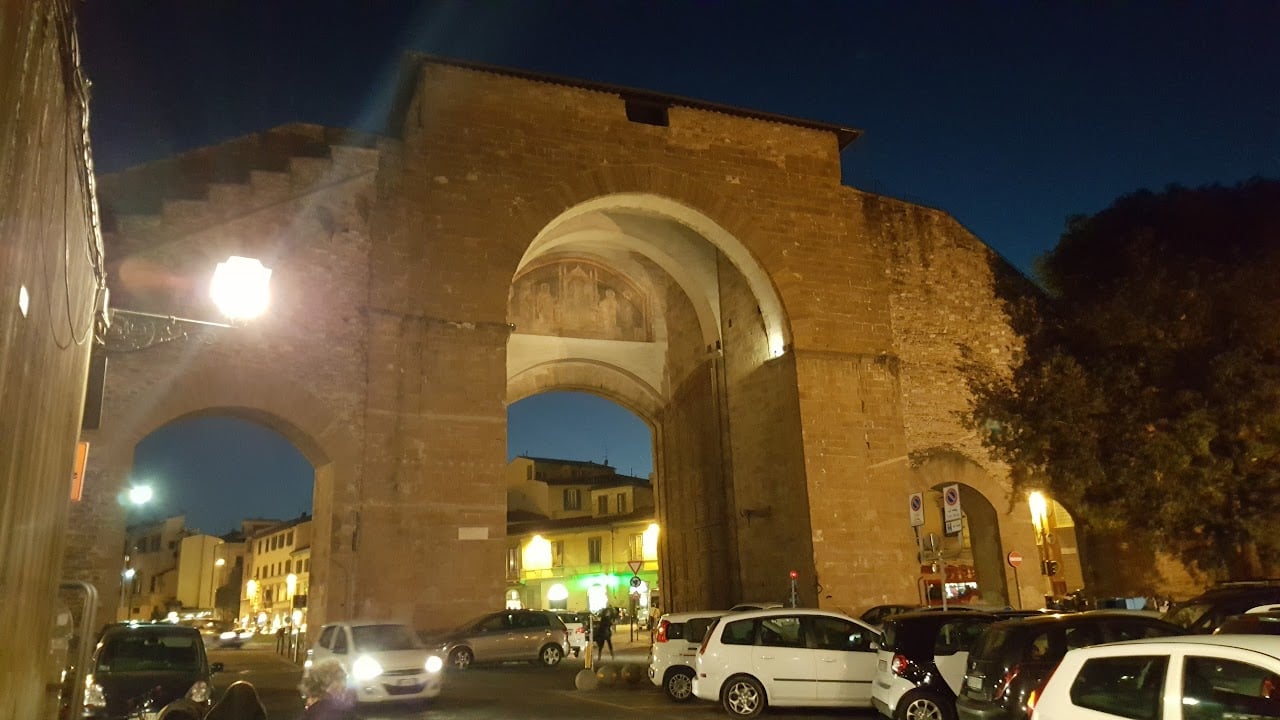
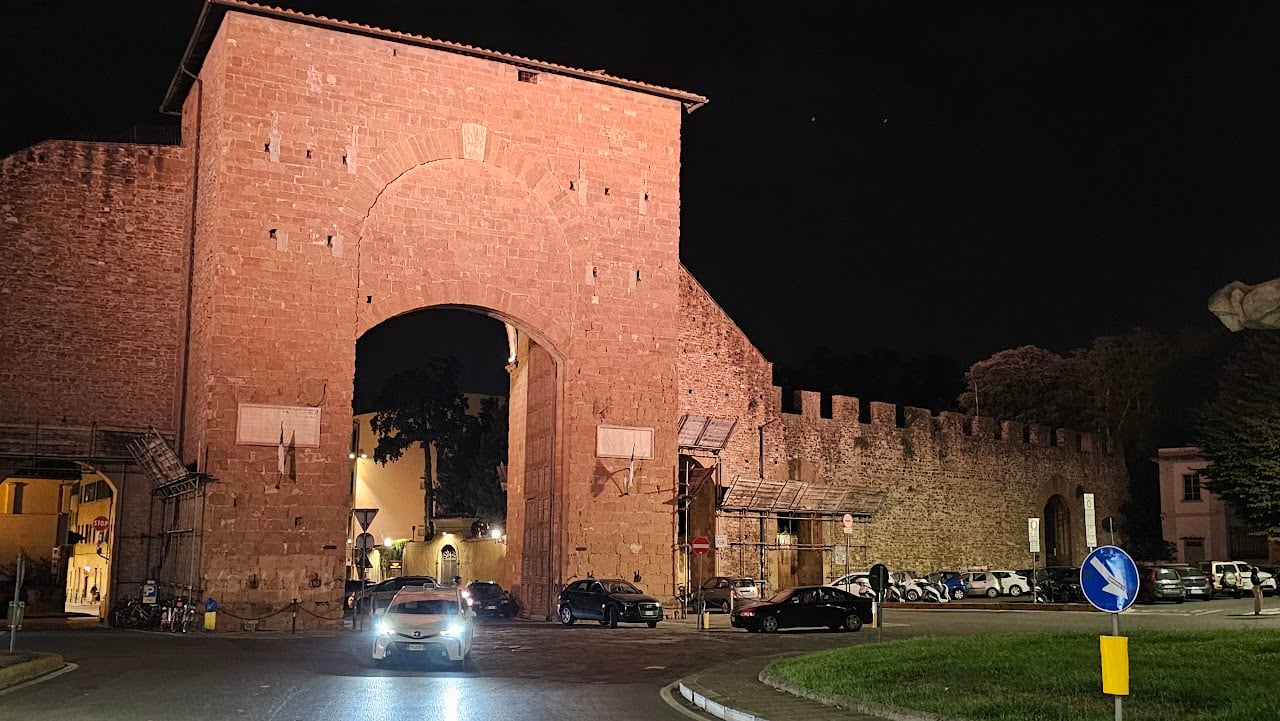
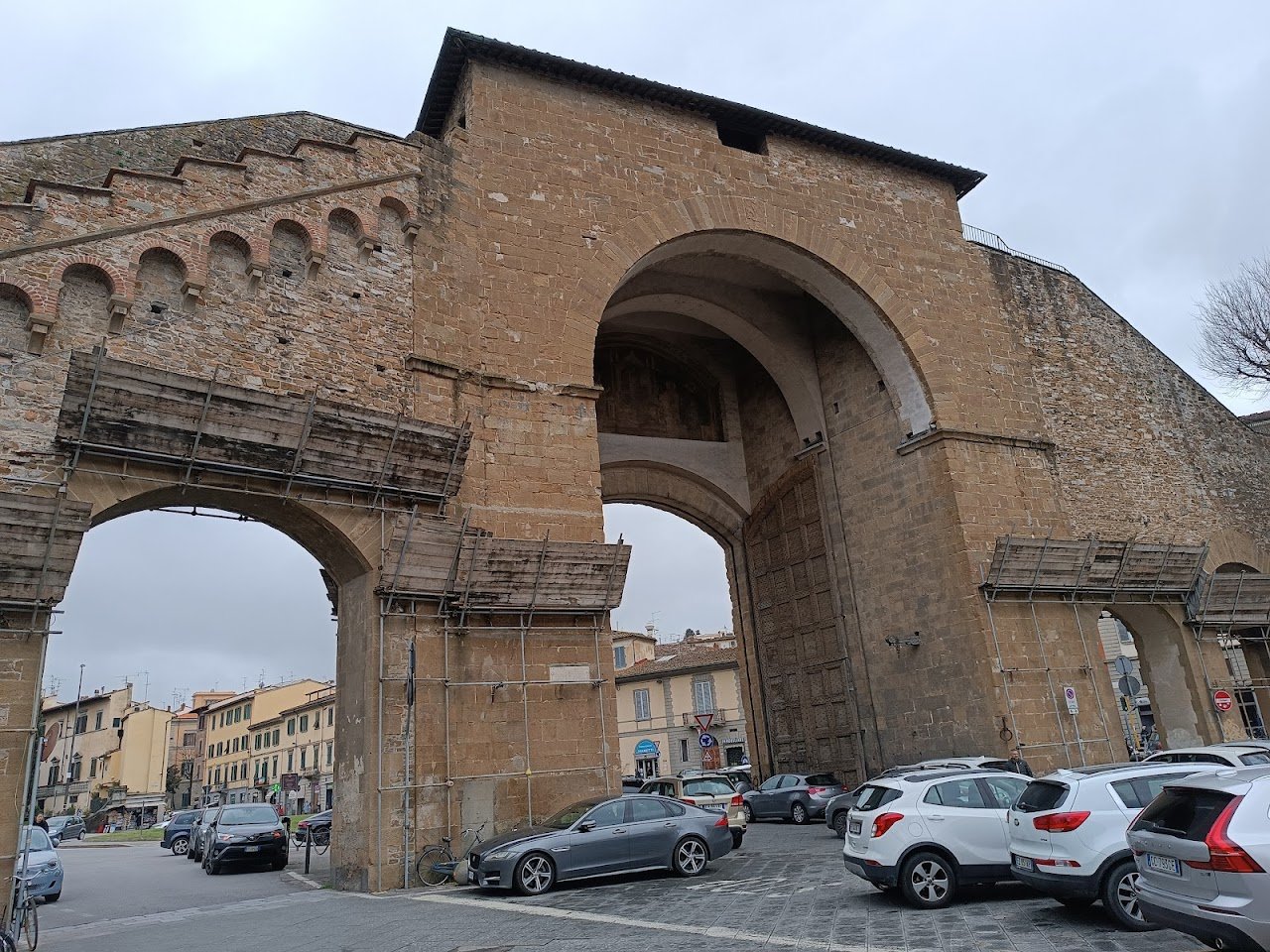
Ask ThatchGPT
Suggest a local expert to plan my trip
Suggest an unique itinerary for my Italy trip
What foods do Italy locals eat
What are some true hidden gems in Italy
Help me brainstorm trip ideas for Italy
Help me plan a family-friendly trip to Italy
What people say
Pedro Pereira
Available for hire
"It was the exit gate from the city towards Siena and Rome, it was founded in 1328 with a base of seventeen meters and fifty by ten and after Porta San Frediano it is the largest of the entire city walls.
In the internal part of the walls to access the entrance of the visit, located in the first tower, we walk along Via di Gusciana which still maintains its original dimensions, the Florentine walls had an internal road along the entire perimeter that allowed the soldiers to move quickly. The tower from which we access the walls is one of the 73 built along the entire route at a distance of about 116 meters between them, in this section there are still six, originally they were twenty-three meters high and being external to the walls allowed its defense with crossfire. Having reached the walkway on the walls, in this portion without battlements, the section that separates us from the gate is very suggestive because it allows us an unusual view of Viale Petrarca. This stretch of walkway can be defined as exclusive, because it is the only one still accessible in the entire Florentine city walls. Before entering the door, the external steps offer us a spectacular view of Florence with an unusual perspective from the south, a small door allows us to access the interior and understand how the door was built with three large consequent arches, the view from the small window on the part in front of the door is also curious. The steps inside the door that today end with a dormer window allowed us to go up to the upper floors before the spoliation during the siege of Florence in 1529-30.
Once the visit is over, before leaving we recommend exiting the door observing the majestic wooden door and then finding a position, preferably in the shade, that allows us an overall view. The central marble lily is the work of Giovanni Pisano in 1331, while on the sides the two white marble plaques commemorate the entry into the city of the Medici Pope Leo X in 1515 and of the Holy Roman Emperor Charles V in 1536. There are five openings around the door, the only one present in the past was the one on the left, while the other four were made in 1930 to facilitate the passage of cars and to access the Boboli Gardens. Finally, a curiosity, on the external part of the door before the decapitation there were two statues depicting lions, four with Saints and in a central position the Virgin, those that have come down to us are those of the Madonna with the child, of Saint Peter and of Saint Paul, which today we can admire under the steps of the internal courtyard of the Bargello Museum."
Read more in:
Corina Pavel
Available for hire
"Monumental brick gateway from Florence's 13th century fortifications & entrance to Boboli Gardens.
Very beautiful in the night!"
Mentioned in these guides
About Porta Romana
Get the inside scoop on Porta Romana from local experts, travel creators, and tastemakers. Browse genuine trip notes, Porta Romana reviews, photos, travel guides, and itineraries from real travelers and plan your trip with confidence.
Website
Phone
Save this spot for later or start mapping out a new trip today
Try our AI Travel Assistant and get instant answers to any questions about your trip.
Ask ThatchGPT
